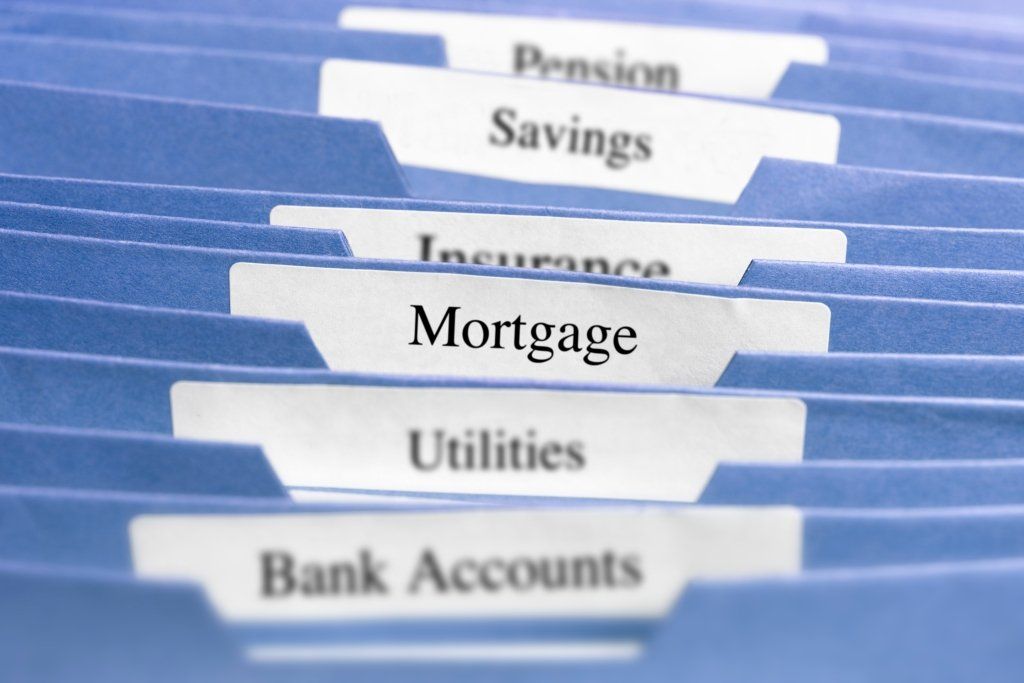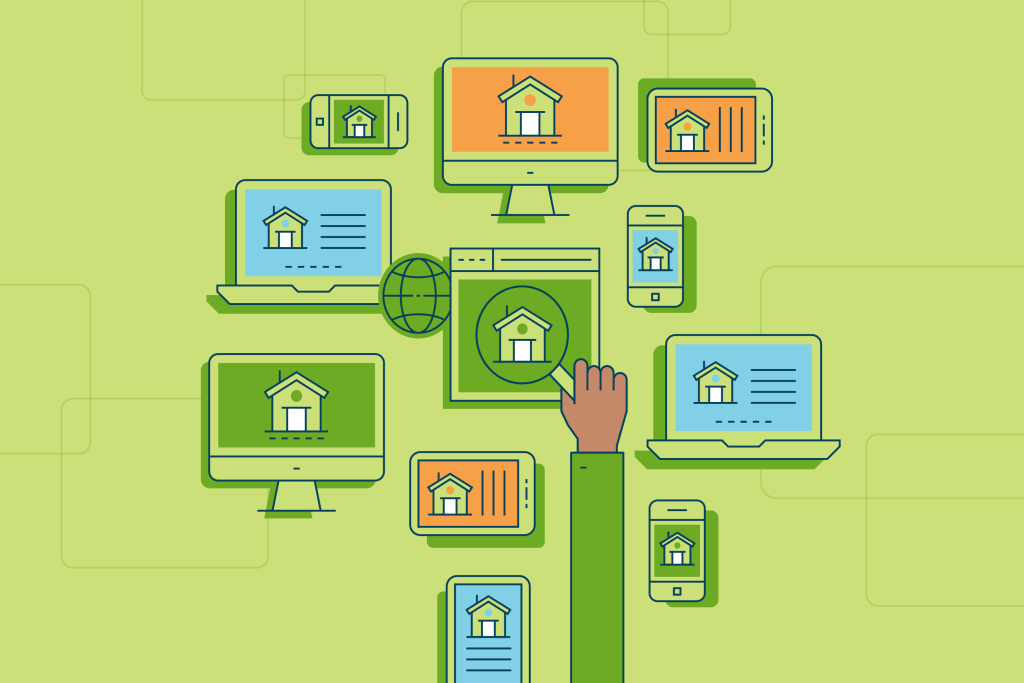How to Shop Around for a Mortgage Loan
Home buyers who do mortgage loan shopping can avoid leaving money on the table.

Whether you’re shopping for new bed sheets or a new car, the drill is usually the same. Hit the reviews, check with friends, and scope out the best deal. After all, who wants to buy a car that racks up repair bills right away? Yet when picking a mortgage loan, borrowers don’t always think about comparison shopping.
In a Bankrate survey of recent home buyers, 12% of millennials said they believe their mortgage rates were too high. Some buyers may think that when mortgage rates are low, they don't need to shop for the best offer. But even a few basis points can make a difference of thousands of dollars over the life of a loan, according to Bankrate, the Consumer Financial Protection Bureau, and the Federal Trade Commission.
You may think mortgage shopping is about as much fun as prepping for a tax audit. It’s true that comparing home mortgages can get complicated. But you don’t need a finance degree to make an informed decision. Here are some steps to get there.
Find a Few Lenders
When looking for lenders to consider, loan officers recommend going to a few sources:
- Locals you know and trust: “Make sure the lenders you’re comparing come from referrals from local people you know who’ve worked with them — like your friends or relatives,” advises Jeff Koch, vice president of residential lending at Draper & Kramer Mortgage Corp in Schaumburg, Ill. “Wherever you have trust established would be a good source.”
- Your real estate agent: “If you’re working with a real estate agent, find out if they have any feedback or advice on a lender or a loan officer,” recommends Jim DeMarco, branch manager and senior loan advisor at Flagstar Bank in Seattle.
- Online reviews: These can be a good starting point, DeMarco says. “If you see a lot of really good reviews, that means people are taking the time to provide them.”
Have an Intro Mortgage Loan Meeting
During a meet and greet, you and the loan officer will usually ask each other questions, and the loan officer will use that information to assess your qualifications. That may sound cut and dried, but the meeting should be fluid based on what you’re ready to do.
Typically, the loan officer would schedule a meeting focused on comparison shopping separately. If that sounds painful to borrowers who want to (literally) get moving. No worries, Koch says. “The borrower may be well versed and want to get right to what’s most relevant for them, which are the financial and comparison details. But a lot of people need to go over their own questions or cover key topics first.”
Want to meet virtually? “Some folks are just more comfortable virtually, and that’s OK,” DeMarco says. “I’ve closed loans with people I’ve never talked to on the phone. It’s all via text.”
Interview the Mortgage Loan Officer
Whichever way you choose, this meeting is prime time to interview the loan officer. Borrowers need to find someone who will be in there with them and can problem solve. “We call unanticipated problems ‘icebergs,’” DeMarco says. “You think there’s smooth sailing. And then, suddenly, you smack into an iceberg."
Check out the lender’s communication strategy and their process for delivering on time. “The process is highly complex, and you’d think professional lenders all would have mastered it. That’s not the case,” says Koch. “When a loan isn't delivered on time, people’s finances and lives are basically balanced on the head of a pin, which is the closing date.”
To avoid problems, ask questions like these:
Fact finding about the process:
- Would you take me through the process?
- What should I expect?
- What will I need to supply?
Compatibility with the loan officer or mortgage banker or broker:
- What’s your communication style? Are you willing to communicate virtually?
- When would I work with you? Are you available in the evenings?
- Will I be working with you or a member of your team?
- What do you think of my time frame to get to closing?
- What if any problems do you foresee?
Track record of loan officer and lender:
- How long do loans you process typically take to close?
- How would you expedite the process if there’s a tight time frame?
- About what percentage of loans you work on close on time?
- How many loans have you worked on that haven’t closed or haven’t met deadlines?
- What’s the biggest problem you’ve had with a loan and how did you fix it?
Use the Meeting to Learn
You can also use the meeting to clarify general info you’ve picked up online and talk about your concerns. DeMarco gives a couple of examples. “You may have switched careers or industries in the last year or started having bonus or commission income. Your research may have shown you can just divide your salary by 12 to figure monthly income. But it may not be as simple as that.”
You’ll also want to bring up concerns like the impact on your credit score. Thirty-eight percent of buyers think comparing multiple mortgage offers in a short time will hurt their credit rating, according to a 2020 LendingTree survey. “As long as the lenders all pull the borrower’s credit within a couple of weeks, it’s counted as a single credit inquiry. So, it’s not a problem if they do it within a narrow band of time,” Koch explains.
Get and Compare Financial Information
Whether you’re looking at a federal form called a loan estimate or a precursor form called the fees worksheet, you’ll see a breakout of closing costs, explains Koch. “To compare the lender financials, you’ll want to drill down to origination charges in the lender section. Make sure you’re comparing apples to apples. If one lender is offering a 30-year fixed rate at 2.875% with no lender fees and another is offering 2. 75% with $1,500 in lender fees, those are unlike products. Get the fees at the same rate to find out which is less expensive.”
6 Tips to Get Mortgage Loan Information
Comparison shopping can get complicated. Here are six ways to keep it simple:
1. Keep Your Pool Manageable
Mortgage shopping “depends on the borrower and the personality type and how they’re wired,” Koch says. “The process can seem overwhelming. That’s why it makes sense to have a select few options to compare so borrowers can process and assimilate them.”
2. Get a Fees Worksheet
The best way to compare effectively is to zero in on the fees worksheet, which the loan officer should provide. “You’ll be able to figure out just what the lender’s direct fees are, and you can make a nice, simple comparison.”
3. Understand a Fees Worksheet Versus a Loan Estimate
The numbers on the worksheet are estimates and not locked in. Interest rates are fluid and change daily or even more often, DeMarco says. On the other hand, after you have a contract with a seller, “the loan estimate and loan application are where the information is binding, barring structural changes to the loan,” Koch says. Make sure the information reflects previous discussions with and disclosures by the loan officer.
4. Be Careful Interpreting Third-Party Fees
Third-party fee estimates are included on the worksheet. Two lenders could each come up with different estimates for title, escrow, or appraisal fees, Koch explains. But not all are negotiable. For instance, the seller chooses the title company, so the lender doesn’t control the choice or the fees. The lender could be choosing the high or low end of a range, but it’s only an estimate.
5. Think About Timing
Make sure lenders are using the same time frame for locking in pricing and that it will extend through the closing, Koch notes. “A lender might offer a rate that’s a lock for three weeks, but if you anticipate or know your closing date will be five or six weeks out, that’s a problem.”
6. Consider Applying for Loan Approval Before Finding a Property
“Many lenders will not do this,” Koch says. “But some will allow borrowers to go through the formal underwriting process — not just pre-approval — without having a property. The borrowers can get a bona fide mortgage commitment with all of the major buyer financials truly underwritten at that point. Then when borrowers make an offer, they can close more quickly.”
You'll have to invest some time and effort into comparison shopping for a mortgage loan and selecting a lender and a loan officer. But your return on investment can pay off over the long haul.
Begin your Mortgage shopping by checking out our WHAR Sponsors
page to find great mortgage lenders here on the Big Island!
Share









